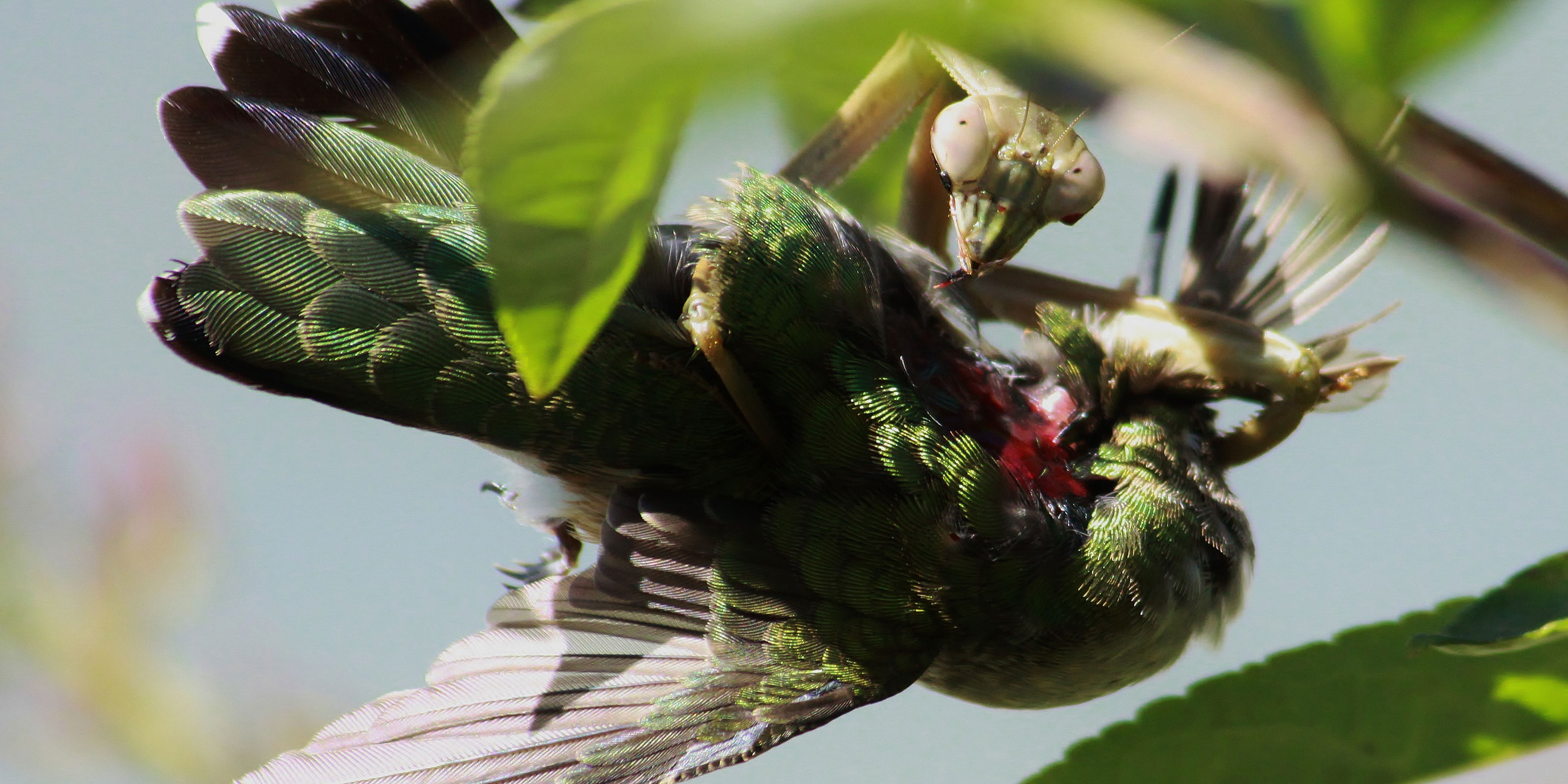

Once captured, the mantis swiftly dispatches its prey with a combination of bites and venom injection. These legs are lined with sharp spines that can effectively grip and hold the struggling victim. The mantis uses its powerful front legs to snare and immobilize its prey. When an unsuspecting victim, such as an insect or even a small bird like a hummingbird, ventures too close to a lurking praying mantis, it strikes with lightning speed. Their remarkable ability to remain perfectly still for long periods of time is essential for their success as ambush predators. This disguise allows them to patiently wait for unsuspecting prey to come within striking range. With their slender bodies and elongated front legs held in a prayer-like position, they blend seamlessly with their surroundings. Praying mantises are masters of camouflage and evasion. Praying Mantis as Predators Ambush tactics of praying mantis We will also discuss effective methods to protect these beautiful birds from their formidable predators. In this comprehensive article, we will explore the fascinating world of praying mantis attacks on hummingbirds, examining their predatory behaviors, documented incidents, and the factors contributing to increased attacks. These seemingly harmless insects have been known to launch deadly attacks on hummingbirds, causing concern among bird lovers and researchers alike. However, a surprising predator lurks in the shadows, ready to strike: the praying mantis. The sight of a delicate hummingbird gracefully hovering near a flower is a delight for many bird enthusiasts. The stakes are high, but with a little vigilance and care, the delicate dance between the hummingbird and the praying mantis can continue, undisturbed by the threat of these silent assassins. So, if you find yourself in the presence of a praying mantis near a hummingbird haven, it might be time to intervene and relocate these stealthy hunters. Additionally, keeping flying insects like bees and wasps away from the feeding areas and regularly cleaning feeders has become essential in safeguarding the hummingbird population. As a result, experts are urging bird enthusiasts to take precautions, such as placing feeders in open spaces and using domes or covers to shield the beloved hummingbirds from these devious predators.


From their cunning ambush tactics to their ruthless front legs, the praying mantis has proven itself to be a formidable adversary for even the larger hummingbirds. These elusive insects, known for their unique hunting techniques, have been increasingly targeting their feathered foes in recent years. In the realm of predator versus prey, a rather unexpected battle has been brewing between the graceful hummingbird and the notorious praying mantis.


 0 kommentar(er)
0 kommentar(er)
